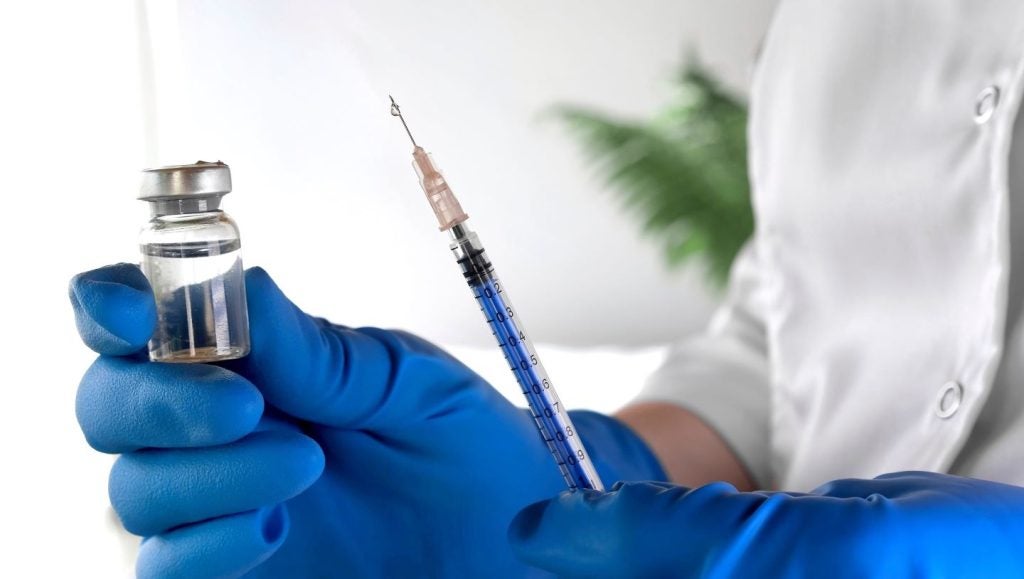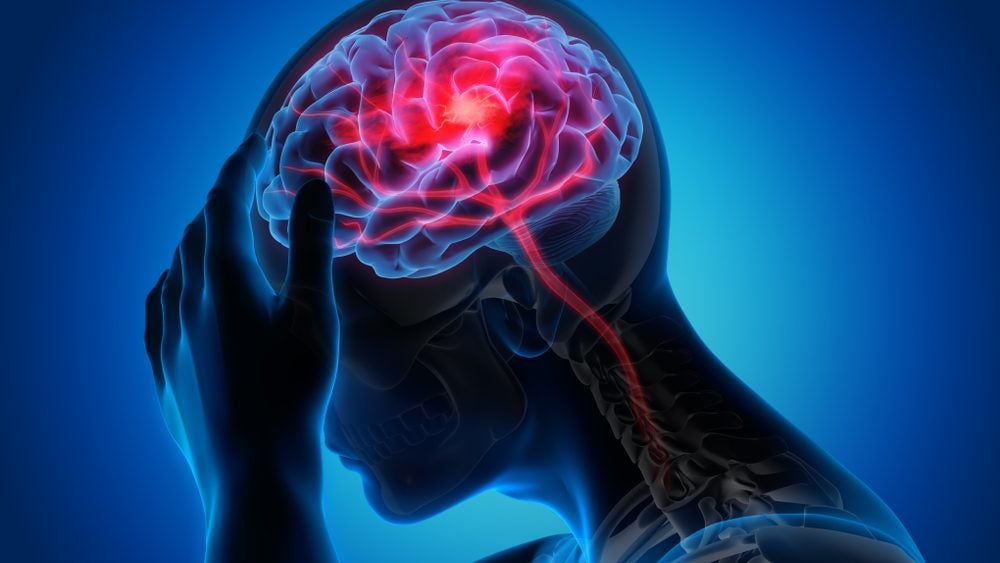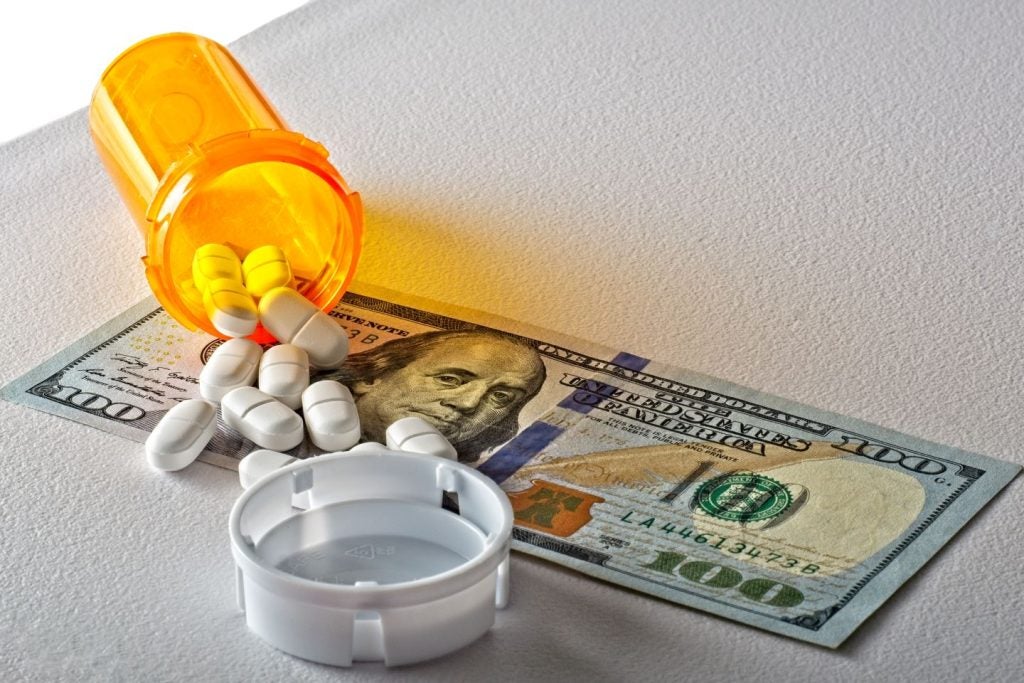
Clinical studies are vast, complex, lengthy and expensive. They rely on quality data being collected and recorded at numerous sites across the globe and collated at a central database to give a detailed picture of the new drugs’ risks and rewards. Finding out the impact of the drug on patients taking part in the trial quickly can not only save money but lives.
Effective clinical data management, therefore, has become a key priority at pharmaceutical firms around the world. For big pharma, investing in the technology solutions that can ease this process now accounts for a major proportion of their budgets.
The challenge of developing more robust and cost-effective data management processes will be discussed in full when industry leaders meet at ViB’s Evolution of Clinical Data Management conference in Munich, Germany in November. Wyeth assistant vice-president, global development support Jane Clarke will speak at the event and share the techniques the company has used to streamline and improve effectiveness of its data collection processes.
Pharmaceutical-technology.com’s Natalie Coomber caught up with Clarke before the event to find out how the prevalent trends of globalisation, outsourcing and risk management are impacting her work as the system owner of Wyeth’s electronic data collection systems during clinical trials.
Natalie Coomber: How do you think electronic data capture and management has evolved in the clinical trial area?
Jane Clarke: In general, the pharmaceutical sector has been a little slower than many other industries in embracing ‘e’ business and the benefits it can afford. Traditionally, we are a conservative industry with good reason: patient safety, confidentiality and quality are vitally important aspects of our work. Equally, we need to ensure that we comply with all regulatory authority regulations. We have made progress but I still don’t feel we are yet deriving enough of the benefits that are come with electronic data capture and systems.
How well do you really know your competitors?
Access the most comprehensive Company Profiles on the market, powered by GlobalData. Save hours of research. Gain competitive edge.

Thank you!
Your download email will arrive shortly
Not ready to buy yet? Download a free sample
We are confident about the unique quality of our Company Profiles. However, we want you to make the most beneficial decision for your business, so we offer a free sample that you can download by submitting the below form
By GlobalDataWe also have to help and support the clinical investigators with whom we work to ensure the ‘e’ partnership between sponsor and site is as effective as possible.
The introduction of electronic medicine requires significant changes in their working environment. Working out how to interact with a patient while recording the data on a computer is part of the challenge of ‘e’ technology for investigators.
NC: What benefits are being garnered by the drug development industry?
JC: Data management and statistical analysis used to be back-end activities, completed after the clinical work had been done, sometimes well after the patients had completed treatment. Now it is contemporaneous with the patients coming into the hospital. Data is mostly entered into our electronic data collection systems within 48 hours of the patient visit. We have gained the ability to reduce the clinical trial cycle and make decisions faster.
We can and have implemented adaptive trial design into a number of our clinical programmes, further enabling effective decision making. Our medical teams can more easily review the data and identify subtle trends and potential safety concerns more effectively.
NC: In what ways do you think electronic data collection is being held back?
JC: We have had to ensure that the new processes that come with ‘e’ business are effective and compliant with all the regulations. The ‘paper’ business processes have had to be revised and we are still discovering even more effective ways of working. This takes time to revise and train our global organisations.
In some ways, it is our lack of imagination. I want us to adopt the concept of data for free. By that I mean if you have a piece of data entered in one system or application we should transfer it electronically to populate another system instead of having it entered a second time with the resultant need to reconcile the two data points.
We need to think outside the paper box and use the benefits of the digital world.
NC: Are companies now sourcing their data collection needs and buying specialised IT solutions instead of building them in-house?
JC: Yes, the trend towards outsourcing is changing the whole environment –outsourcing services and applications/systems are rapidly becoming the business norm. Equally the ‘e’ market has matured and there are clear market leader applications that sponsors and investigators are familiar with and use.
NC: How do you ensure security and confidentiality of clinical data, especially when it is going through a number of different parties or being captured remotely?
JC: There are regulations, such as the US Food and Drug Administration’s CFR Part 11 regulations and Safe Harbour, that address these areas. Obviously we ensure our systems are compliant with all these aspects. Our systems require training and accounts are protected with passwords. Data is anonymous and encrypted when it is sent.
NC: Is confidentiality a concern expressed from patients taking part in studies and do you sense they are reluctant to have data recorded electronically?
JC: Ethics committees have occasionally asked about how we are complying with the regulations. I am sure the investigators are able to discuss and allay patients’ concerns on these issues.
As a patient, I find it reassuring that the doctor has all the information they need on the screen and can pick it up quite quickly rather than thumbing through countless paper files containing my medical history.
NC: How do you ensure high quality standards are maintained when data is collected and entered into a system remotely?
JC: We have programmatic checks within the system, which make sure that certain required fields are filled in. For example, if doctors tick the ‘yes’ radio button for an adverse event, the system will prompt them to enter start and stop dates.
The aim of such checks is to ensure quality and data consistency, and also to ensure the corrections are made at the time of data entry.
NC: Going forward, are there any specific technologies you see as changing the clinical trial data management arena?
JC: The ‘Holy Grail’ is electronic medical records. At the moment, the investigator is entering the information into their hospital’s electronic system/paper system and then re-entering the information the sponsor’s system. Being able to have each system connected to each other and having the investigator enter information only once would be the ideal.
Reaching a global solution for the interaction between these two systems will be one of the next challenges for ‘e’ trials.
Then there is telemedicine and electronic patient reported outcomes. Patients will be recording information themselves using their mobile phone or a BlackBerry-type device – for example VAS results, blood glucose levels and lung function tests.
That information can them be sent electronically to the investigator and database – speeding up the collection of data and improving compliance and quality [meaning] no more paper diaries.
There is a Brave New ‘e’ world waiting for us all.







